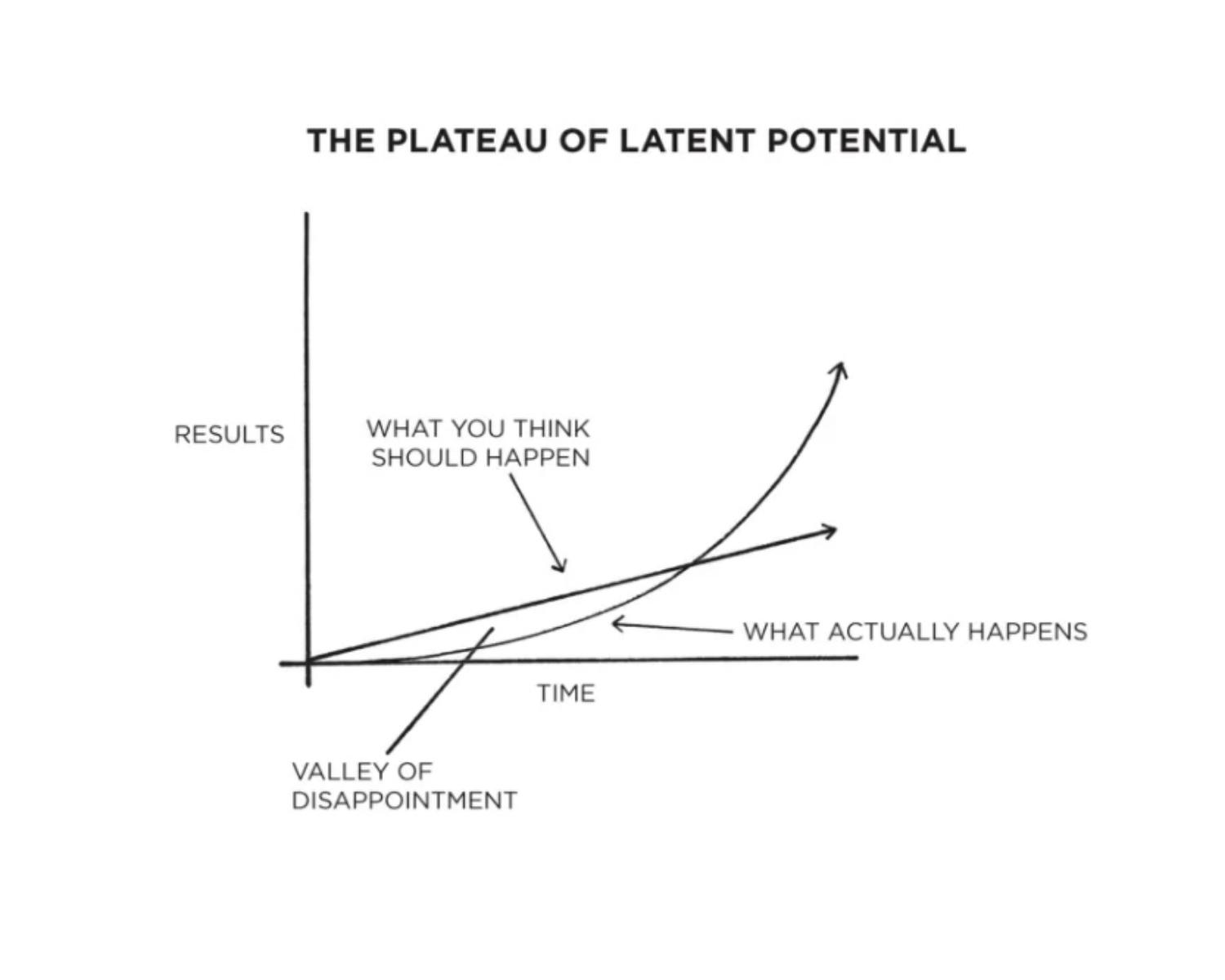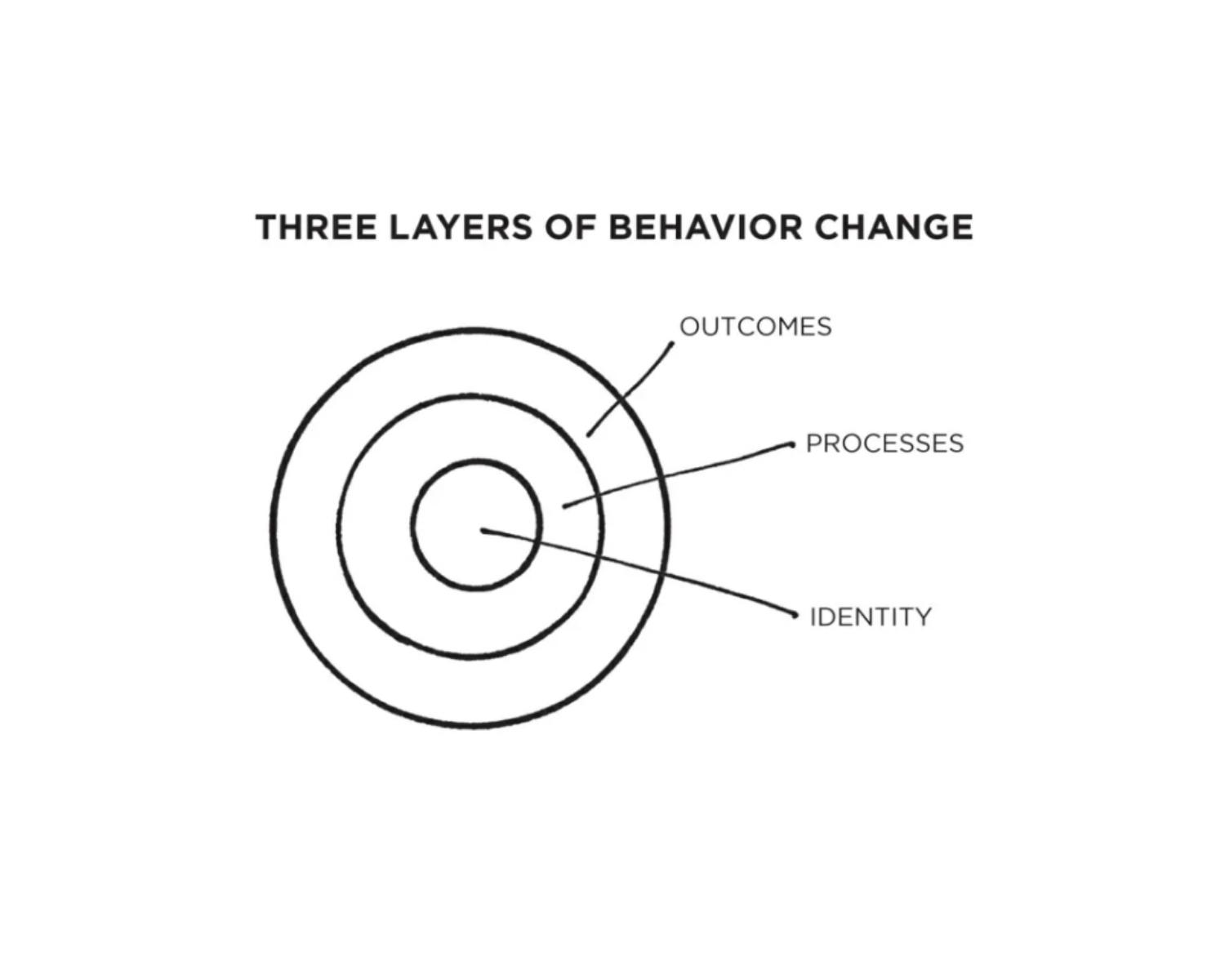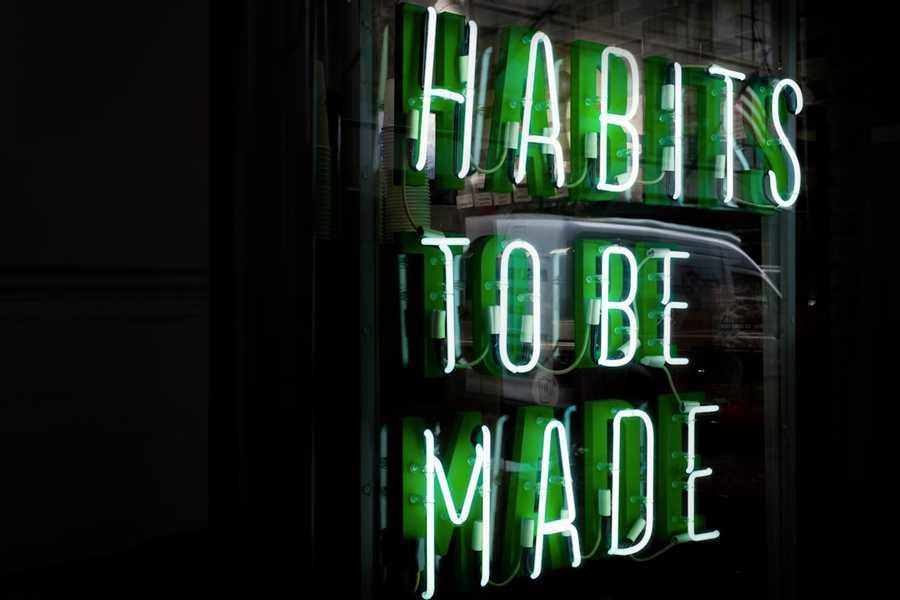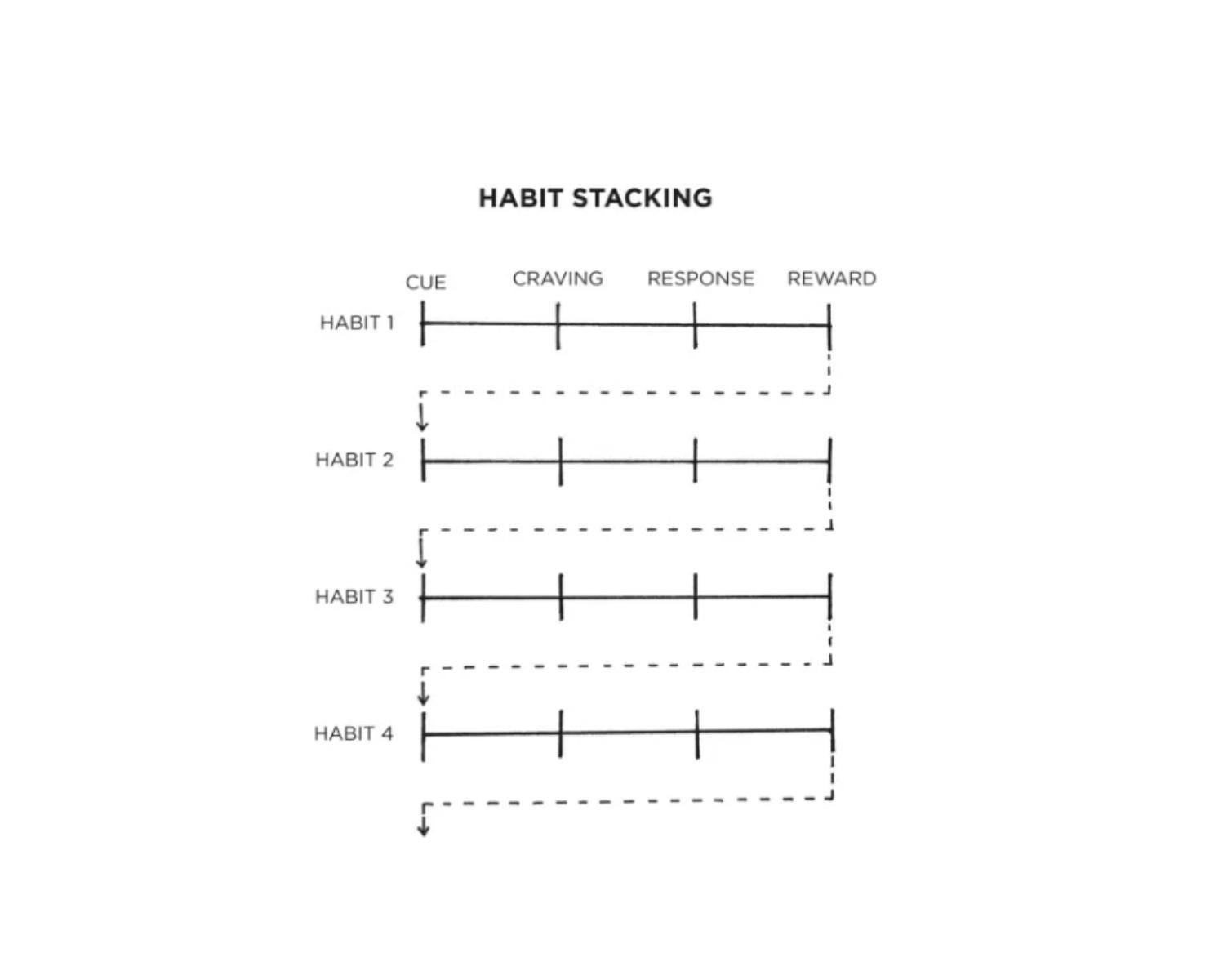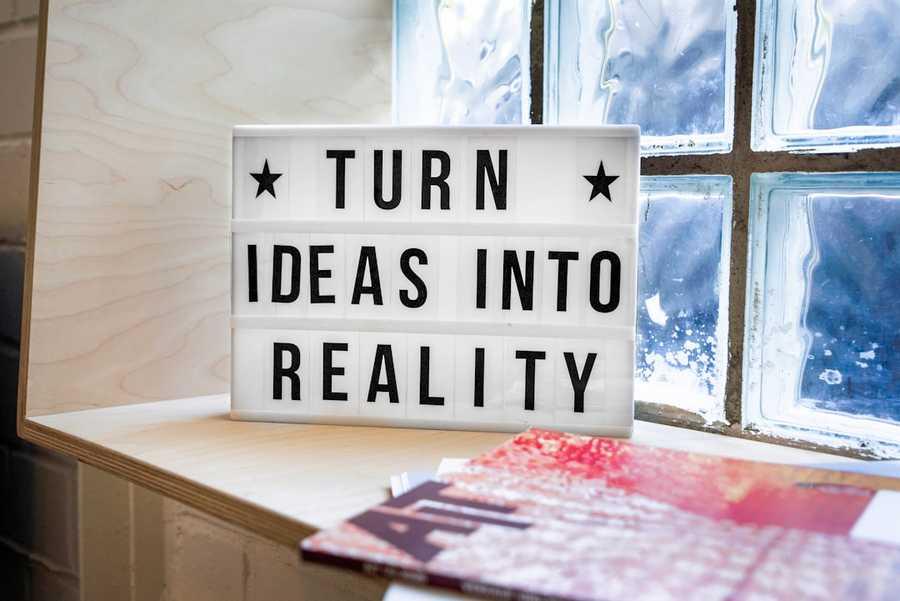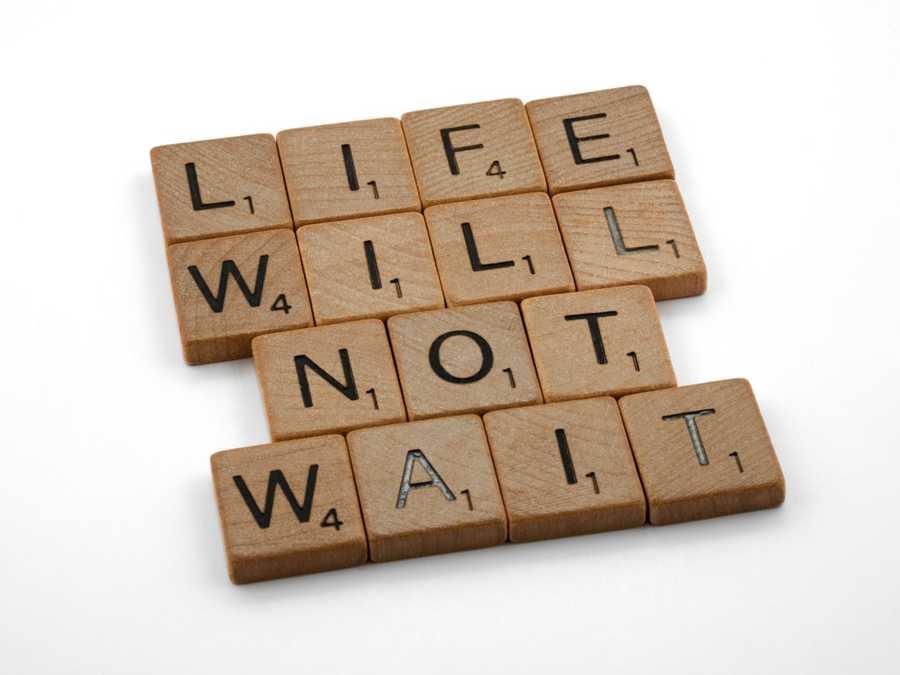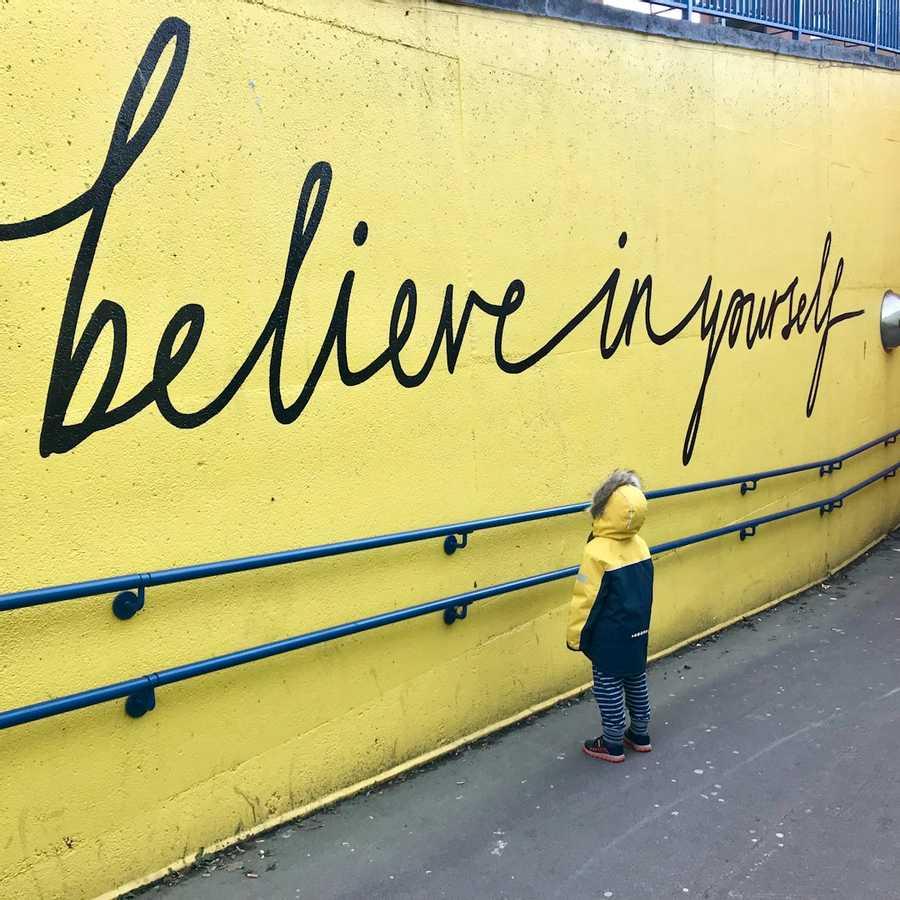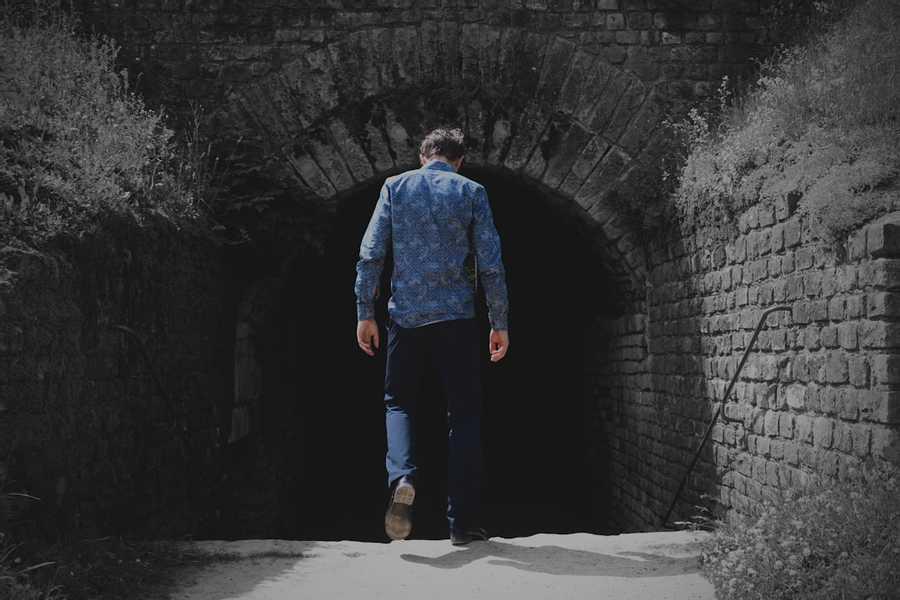Learn more about books with this collection
How to delegate tasks efficiently
How to use technology to your advantage
How to optimize your work environment
"We all deal with setbacks but in the long run, the quality of our lives often depends on the quality of our habits".
JAMES CLEAR
359
3.09K reads
Power Of Tiny Habits
Your outcomes are a lagging measure of your habits. Your net worth is a lagging measure of your financial habits. Your weight is a lagging measure of your eating habits. Your knowledge is a lagging measure of your learning habits. You get what you repeat.
If you find yourself struggling to build a good habit or break a bad one, it is not because you have lost your ability to improve. It is often because you have not yet crossed what James calls, Plateau of Latent Potential.
When you finally break through the Plateau of Latent Potential, people will call it an overnight success.
383
2.4K reads
1% Improvement Everyday
The purpose of setting goals is to win the game. The purpose of building systems is to continue playing the game. True long-term thinking is goal-less thinking. It’s not about any single accomplishment. It is about the cycle of endless refinement and continuous improvement.
Habits are the compound interest of self-improvement.
Getting 1 percent better every day counts for a lot in the long-run.
357
1.79K reads
How Your Habits Shape Your Identity
Changing our habits is challenging for two reasons: (1) we try to change the wrong thing and (2) we try to change our habits in the wrong way.
There are three layers of behavior change:
1. Change in your outcomes.
2. Change in your processes.
3. Change in your identity.
With outcome-based habits, the focus is on what you want to achieve. With identity-based habits, the focus is on who you wish to become.
The real reason habits matter is not because they can get you better results (although they can do that), but because they can change your beliefs about yourself.
340
1.56K reads
Build Better Habits
4 simple steps:
1. How can I make it obvious?
2. How can I make it attractive?
3. How can I make it easy?
4. How can I make it satisfying?
The ultimate purpose of habits is to solve the problems of life with as little energy and effort as possible. A habit is a behavior that has been repeated enough times to become automatic.
"The Four Laws of Behavior Change are a simple set of rules we can use to build better habits. They are (1) make it obvious, (2) make it attractive, (3) make it easy, and (4) make it satisfying.”
350
1.25K reads
What's Wrong With You Mate
If you’re having trouble determining how to rate a particular habit, ask yourself: ‘Does this behavior help me become the type of person I wish to be? Does this habit cast a vote for or against my desired identity?
With enough practice, your brain will pick up on the cues that predict certain outcomes without consciously thinking about it.
Pointing-and-Calling raises your level of awareness from a nonconscious habit to a more conscious level by verbalizing your actions.
The Habits Scorecard is a simple exercise you can use to become more aware of your behavior.
322
1.17K reads
How To Start A New Habit?
“The 1st Law of Behavior Change is make it obvious.”
One of the best ways to build a new habit is to identify a current habit you already do each day and then stack your new behavior on top. This is called habit stacking. The two most common cues are time and location. Creating an implementation intention is a strategy you can use to pair a new habit with a specific time and location. Habit stacking is a strategy you can use to pair a new habit with a current habit.
E.g., The habit stacking formula is: ‘After [CURRENT HABIT], I will [NEW HABIT].
332
1.07K reads
Motivation Is Overrated.
What about environment?Environment is the invisible hand that shapes human behavior. Small changes in context can lead to large changes in behavior over time. Every habit is initiated by a cue. We are more likely to notice cues that stand out. Make the cues of good habits obvious in your environment. Gradually, your habits become associated not with a single trigger but with the entire context surrounding the behavior. The context becomes the cue. It is easier to build new habits in a new environment because you are not fighting against old cues.
315
906 reads
Make It Invisible
The inversion of the 1st Law of Behavior Change is make it invisible. Once a habit is formed, it is unlikely to be forgotten. People with high self-control tend to spend less time in tempting situations. It’s easier to avoid temptation than resist it. One of the most practical ways to eliminate a bad habit is to reduce exposure to the cue that causes it. Self-control is a short-term strategy, not a long-term one
315
870 reads
Make It Attractive
The 2nd Law of Behavior Change is make it attractive. The more attractive an opportunity is, the more likely it is to become habit-forming. Habits are a dopamine-driven feedback loop. When dopamine rises, so does our motivation to act. It is the anticipation of a reward—not the fulfillment of it—that gets us to take action. The greater the anticipation, the greater the dopamine spike. Temptation bundling is one way to make your habits more attractive. The strategy is to pair an action you want to do with an action you need to do.
311
764 reads
Role Of Family And Friends
We tend to imitate the habits of three social groups: the close (family and friends), the many (the tribe), and the powerful (those with status and prestige).
One of the most effective things you can do to build better habits is to join a culture where (1) your desired behavior is the normal behavior and (2) you already have something in common with the group.
The normal behavior of the tribe often overpowers the desired behavior of the individual. Most days, we’d rather be wrong with the crowd than be right by ourselves.
312
714 reads
Find And Fix Bad Habits
The inversion of the 2nd Law of Behavior Change is make it unattractive. Your habits are modern-day solutions to ancient desires. The cause of your habits is actually the prediction that precedes them. The prediction leads to a feeling. Highlight the benefits of avoiding a bad habit to make it seem unattractive. Habits are attractive when we associate them with positive feelings and unattractive when we associate them with negative feelings. Create a motivation ritual by doing something you enjoy immediately before a difficult habit.
309
681 reads
Make It Easy
Walk slowly, but not backwards. The 3rd Law of Behavior Change is make it easy. The most effective form of learning is practice, not planning. Focus on taking action, not being in motion. Habit formation is the process by which a behavior becomes progressively more automatic through repetition. The amount of time you have been performing a habit is not as important as the number of times you have performed it.
312
659 reads
Law Of Least Effort
Human behavior follows the Law of Least Effort. We will naturally gravitate toward the option that requires the least amount of work. Create an environment where doing the right thing is as easy as possible. Reduce the friction associated with good behaviors. When friction is low, habits are easy. Increase the friction associated with bad behaviors. When friction is high, habits are difficult. Prime your environment to make future actions easier.
315
615 reads
Procrastination
Decisive moments set the options available to your future self. A habit must be established before it can be improved.
Habits can be completed in a few seconds but continue to impact your behavior for minutes or hours afterward.
Many habits occur at decisive moments—choices that are like a fork in the road—and either send you in the direction of a productive day or an unproductive one.
The Two-Minute Rule states, ‘When you start a new habit, it should take less than two minutes to do.'
328
1.28K reads
Make Good Habits Inevitable and Bad Habits Impossible
The inversion of the 3rd Law of Behavior Change is make it difficult. A commitment device is a choice you make in the present that locks in better behavior in the future. The ultimate way to lock in future behavior is to automate your habits. Onetime choices—like buying a better mattress or enrolling in an automatic savings plan—are single actions that automate your future habits and deliver increasing returns over time.
Using technology to automate your habits is the most reliable and effective way to guarantee the right behavior.
309
560 reads
Cardinal Rule Of Behaviour Change
The 4th Law of Behavior Change is make it satisfying. We are more likely to repeat a behavior when the experience is satisfying. The human brain evolved to prioritize immediate rewards over delayed rewards. The Cardinal Rule of Behavior Change: What is immediately rewarded is repeated. What is immediately punished is avoided. To get a habit to stick you need to feel immediately successful—even if it’s in a small way. The first three laws of behavior change—make it obvious, make it attractive, and make it easy—increase the odds that a behavior will be performed this time.
309
511 reads
How To Stick With Good Habits?
Named after the economist Charles Goodhart, Goodhart’s Law states, ‘When a measure becomes a target, it ceases to be a good measure. One of the most satisfying feelings is the feeling of making progress. A habit tracker is a simple way to measure whether you did a habit—like marking an X on a calendar. Habit trackers and other visual forms of measurement can make your habits satisfying by providing clear evidence of your progress. Don’t break the chain. Try to keep your habit streak alive. Never miss twice.
Just because you can measure something doesn’t mean it’s the most important thing.
310
495 reads
How Accountability Partner Changes Everything?
The inversion of the 4th Law of Behavior Change is make it unsatisfying. We are less likely to repeat a bad habit if it is painful or unsatisfying. An accountability partner can create an immediate cost to inaction. We care deeply about what others think of us, and we do not want others to have a lesser opinion of us. A habit contract can be used to add a social cost to any behavior. It makes the costs of violating your promises public and painful. Knowing that someone else is watching you can be a powerful motivator.”
306
479 reads
Truth About Talent
The secret to maximizing your odds of success is to choose the right field of competition. Pick the right habit and progress is easy. Pick the wrong habit and life is a struggle. Genes cannot be easily changed, which means they provide a powerful advantage in favorable circumstances and a serious disadvantage in unfavorable circumstances. Choose the habits that best suit you. Play a game that favors your strengths. If you can’t find a game that favors you, create one.Genes do not eliminate the need for hard work. They clarify it. They tell us what to work hard on.”
309
491 reads
The Goldilocks Rule
The Goldilocks Rule states that humans experience peak motivation when working on tasks that are right on the edge of their current abilities.
The greatest threat to success is not failure but boredom.
As habits become routine, they become less interesting and less satisfying. We get bored.
Anyone can work hard when they feel motivated. It’s the ability to keep going when work isn’t exciting that makes the difference.
Professionals stick to the schedule; amateurs let life get in the way
324
561 reads
Downside Of Creating Good Habits
The upside of habits is that we can do things without thinking. The downside is that we stop paying attention to little errors.
"Habits + Deliberate Practice = Mastery”
Reflection and review is a process that allows you to remain conscious of your performance over time. The tighter we cling to an identity, the harder it becomes to grow beyond it.
314
614 reads
CURATED BY
Ricky Sid Professionally I am a physical therapist. Love outdoors and my kid. Family is the most important thing. Sharing things with you guys makes me learn more of these stuff that I read. Thanks
Curious about different takes? Check out our Atomic Habits Summary book page to explore multiple unique summaries written by Deepstash users.
More like this
Read & Learn
20x Faster
without
deepstash
with
deepstash
with
deepstash
Access to 200,000+ ideas
—
Access to the mobile app
—
Unlimited idea saving & library
—
—
Unlimited history
—
—
Unlimited listening to ideas
—
—
Downloading & offline access
—
—
Personalized recommendations
—
—
Supercharge your mind with one idea per day
Enter your email and spend 1 minute every day to learn something new.
I agree to receive email updates

